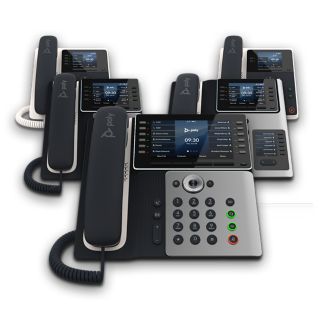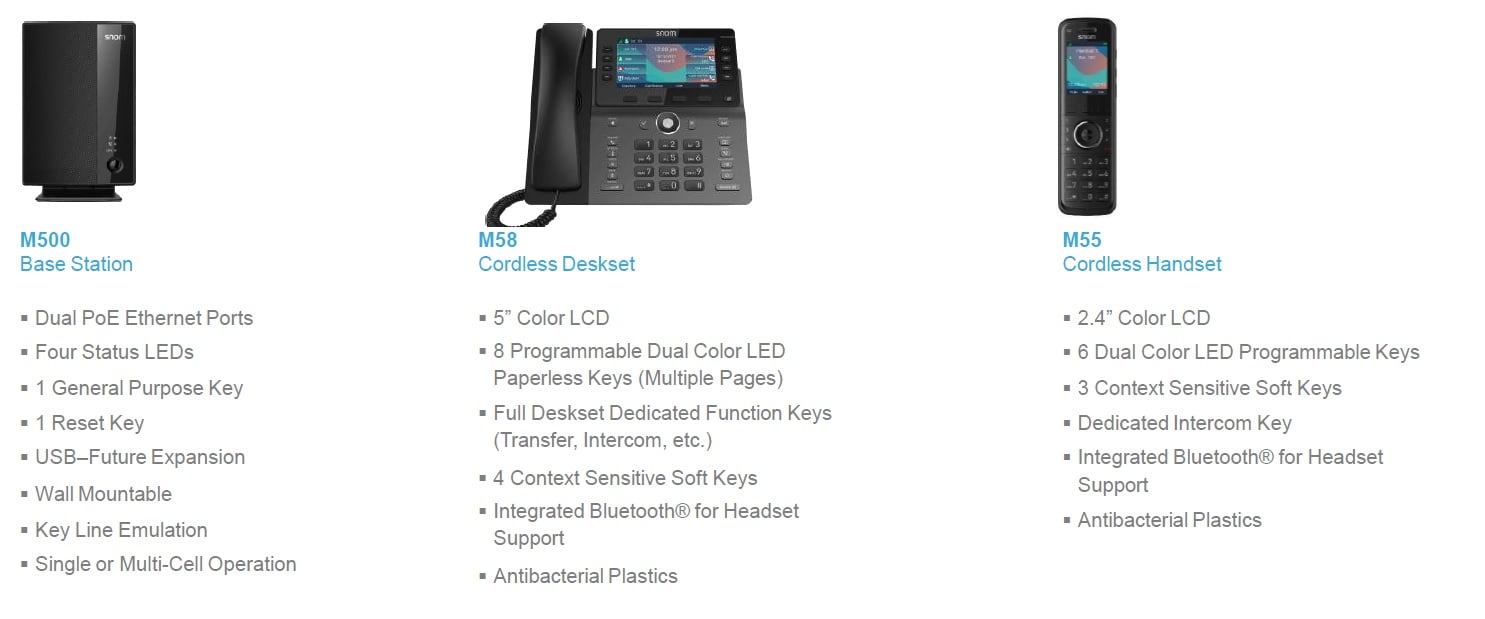
Businesses have long depended on audio conferencing for communication between remote parties. But, this method has its drawbacks. An audio conference can represent the exact opposite of effective communication, with attendees talking over each other, speaking out of turn, and vying to get a word in edgewise. Audio conferencing also leaves out critically important aspects of communications—nonverbal gestures, facial expressions and body language. This makes it especially tough to gauge someone’s true meaning when they are speaking or a person’s reaction to a statement or question. After all, the full range of human emotions cannot be expressed through voice alone.
Case in point, a recent study found that, while employees like the ease of setup that audio conferencing provides, they also like the ability to read body language through video conferencing. In reality, most employees use a mix of video and audio conferencing to meet their communications needs, with 39 percent relying more on audio for internal communications and 31 percent using both equally.
With today’s workplace growing increasingly more global, and remote communications taking center stage, it takes more sensitivity than ever to communicate effectively. Teams and employees frequently conference with people from all cultures, walks of life and types of businesses—making it even more important that those little nuances of body language don’t go unnoticed. For these reasons, the balance is tipping more toward Web conferencing in workplaces today, and it’s starting to be used just as much as audio conferencing. There are several reasons why employees turn to Web conferencing for communications:
A more intimate conferencing experience
Video conferencing makes attendees feel as though they are in the same room together, no matter where they are located. They can make eye contact and observe each others’ facial expressions and gestures. This helps increase collaboration and respect and makes for more-effective meetings.
More-effective large-group communication
Audio conferencing gets unwieldy when the group gets too large. Video conferencing, on the other hand, enables people to visually gauge each other’s reactions and see people while they speak and listen, making it less likely that attendees will talk over each other or jockey for speaking position to get heard.
Increased convenience and speed
Especially when Web conferencing is enhanced with WebRTC, it provides the high quality and speed that support business interactions among participants. The ability to communicate visually in real time makes attendees feel more connected and makes video conferencing a more viable option for both large conference calls and quick face-to-face meetings. However many attendees, everyone can connect visually and observe nonverbal communication in real time with the latest video conferencing technology.
Research shows that more than 50 percent of communication is nonverbal. With video conferencing, employees no longer have to worry about missing half the message. As part of a unified communications strategy that fits the remote nature and fast pace of business today, Web conferencing is providing the instant face-to-face communication needed to help work run more smoothly.























